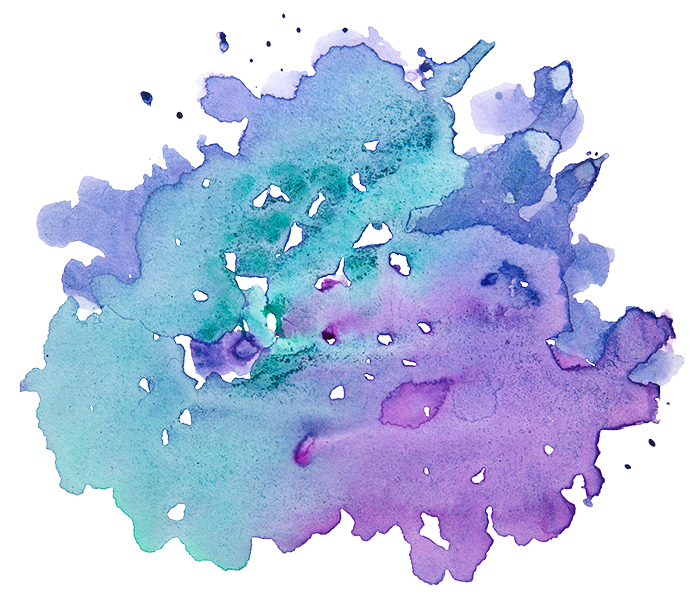by Cara Rock-Singer
In Memory of Bonna Devorah Haberman z’’l, passed away June 16, 2015
 On July 16, 2013, around thirty people gathered at Mayyim Hayyim for a Tisha b’Av program with Bonna Devorah Haberman z’’l to reflect on the relevance of the historical Temple commemorations today. Tisha b’Av has come to hold layers of Jewish sadness and longing for a better future, a day for remembering not only the loss of the Jerusalem Temples but for commemorating layers of calamity, from the Biblical to the modern.
On July 16, 2013, around thirty people gathered at Mayyim Hayyim for a Tisha b’Av program with Bonna Devorah Haberman z’’l to reflect on the relevance of the historical Temple commemorations today. Tisha b’Av has come to hold layers of Jewish sadness and longing for a better future, a day for remembering not only the loss of the Jerusalem Temples but for commemorating layers of calamity, from the Biblical to the modern.
In 2013, as the announcement for the event explains, Haberman came to Mayyim Hayyim to “share her influential vision and theology based on twenty-four years of sacred service at the remnant of the miqdash (sanctuary or sacred place, The Kotel) to reflect on her most recent book, ‘Israeli Feminism Liberating Judaism: Blood and Ink,’ and to chant piyyutim—liturgical poetry or songs of longing.”
For Haberman and the Women of The Wall who she had led since its inception in 1988, the Kotel has become a site of longing for liberation, for women’s freedom to pray aloud with the Torah in their chosen ceremonial garb. In her book Blood and Ink, Haberman describes the events of Rosh Chodesh Av (the beginning of the month of Av) in August 1989, which is the beginning of the mourning period that culminates on Tisha b’Av. She recounts physical force and violence, both by state security guards who forcibly removed the Women of the Wall, and the ultra-orthodox women who grabbed at their head coverings and prayer books while drenching them with water and dirt.
The dirty water hurled at the Women of the Wall was not the water of liberation so central to Haberman’s liberation theology, which was modeled after birth. Nor were these the waters of renewal and rebirth, the central substance and symbol of Mayyim Hayyim, the transformative waters that have the power to render each visitor to our mikveh as tahor, or ritually ready. These waters were tameh, unready, for the feminist activism that Haberman and the Women of the Wall were bringing forth into the world.
Haberman reiterated the Second Wave feminist motto in a 2014 sermon slam performance in Jerusalem that even the most personal, intimate acts can be political. As she writes in Israeli Feminism Liberating Judaism, “My interpretation of Exodus develops a divine birthing Mother narrative. This narrative re-conceives the miracles and wonders of divine redemption to affirm human activism. Liberation-as-birth reads the Exodus as an enactment of birth—combining material, spiritual, ethical, and political elements. Birth is more than a symbol of liberation; birth has the potential to create and breed a culture of liberation. A transition from enclosure to manifestation, each birth releases one being encompassed within the domain of another—from powerlessness and dependence into maturing connection.”
Likewise, mikveh immersion, which has often adopted the imagery of birth, can have a similar liberating power. Mayyim Hayyim’s mission is to put ritual in the hands of each person who immerses. In Bonna’s memory, and reflecting Mayyim Hayyim’s mission, I hope that emerging from the mikveh will continue to represent not only a means of individual renewal, but will also remind us that when we are able to explore ritual on our own terms, it can reinforce the possibility that the personal, private, and embodied have the power to transform the world.
Cara Rock-Singer is an intern at Mayyim Hayyim and a PhD Candidate in the Religion Department at Columbia University. She is currently writing a dissertation on Jewish women’s authority over their own bodies through ritual and medicine.

